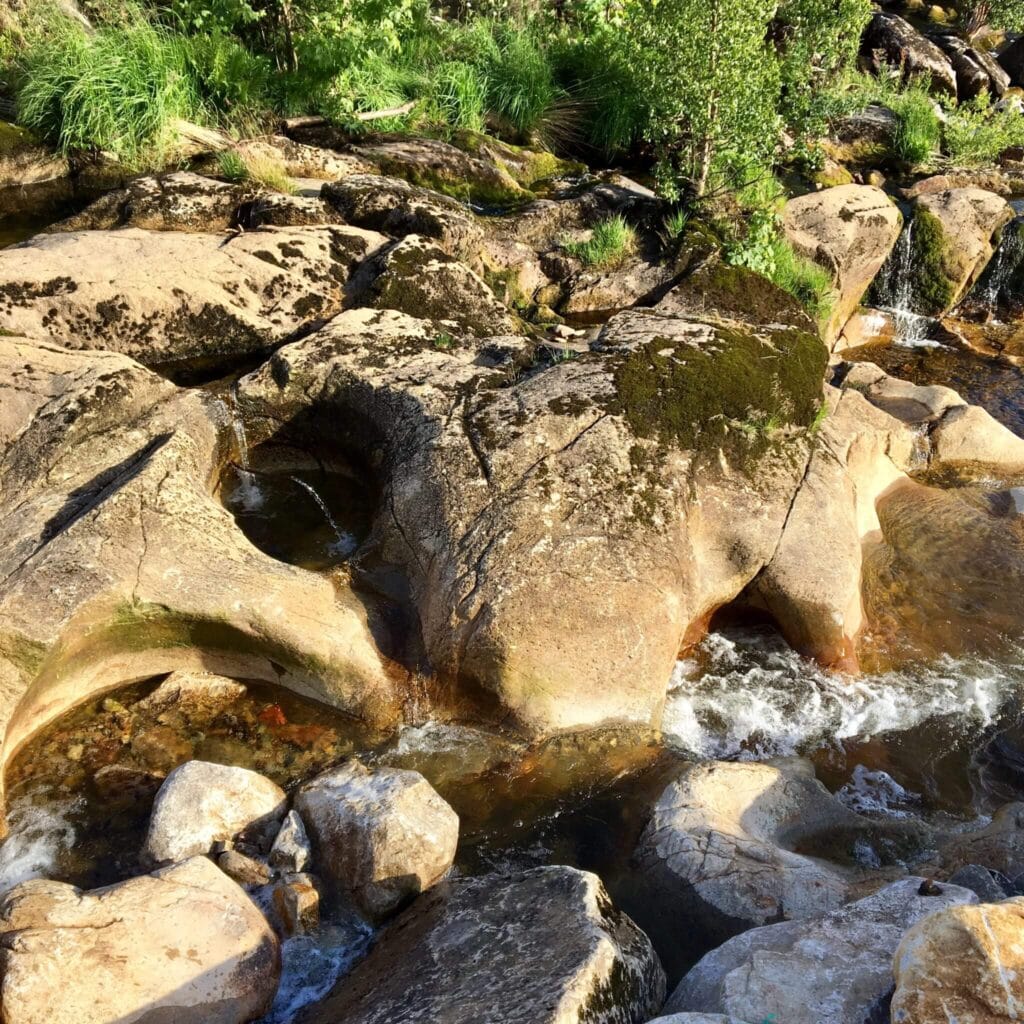Biodiversity in the Magma UNESCO Global Geopark
If you stand on a ridge and look out over the landscape in Magma Geopark, you can easily get the impression that you are on an alien planet. The landscape in the Geopark is distinctive with its cone-shaped and bare moors. The dominant rock type, anorthosite, is hard and compact. This causes the soil to become depleted and the vegetation to become poor. In the north and east we find wider valleys with loose deposits from the last ice age. This provides a more lush landscape suitable for agricultural purposes. Many waters and waterways break up the landscape and contribute to creating a varied and exciting nature.


